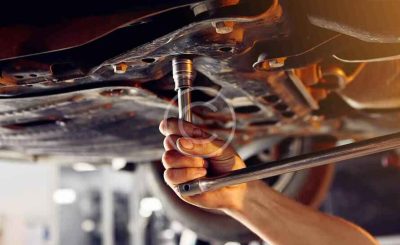Car door sagging is a common issue where the door becomes misaligned and no longer closes properly. Over time, the door may drop lower than its original position, leading to difficulty in closing or sealing. This sagging not only affects the door’s functionality but also can cause further damage to the vehicle’s frame and seals if not addressed. Several factors contribute to this issue, but it typically comes down to wear and tear on the door’s structural components, particularly the hinges.
Wear and Tear on Door Hinges
The primary cause of sagging car doors is the gradual wear and tear on the hinges. The hinges, which are responsible for supporting the weight of the door and allowing it to open and close smoothly, can become worn over time. As the door is constantly opened and closed, the hinge pins can wear down, causing them to loosen. This results in the door losing its alignment and beginning to sag. The more frequently a door is opened and closed, the faster the hinges will degrade, making this a common issue in older cars or vehicles with high mileage. Going for the Auto Repair in Orangevale, CA based services would be essential here.
Structural Fatigue
Structural fatigue can also contribute to car door sagging. The door itself, especially in older vehicles, may experience a gradual weakening of its frame. The constant stress and pressure placed on the door’s components, combined with environmental factors like temperature changes, can lead to a loss of rigidity in the door’s structure. As the frame becomes weaker, the door becomes more prone to sagging, especially if the vehicle is exposed to extreme temperatures or rough handling over time.
Misalignment from Accidents or Poor Maintenance
Another factor that can lead to sagging is poor maintenance or damage from accidents. A car door may have been misaligned after an accident, causing the hinges or frame to become distorted. Over time, this misalignment can result in further stress on the door’s structural components, eventually causing the door to sag. Similarly, improper repairs or neglecting to maintain the door’s hardware can contribute to sagging. Regular inspections and maintenance can help prevent these issues from worsening.
Preventing and Addressing Car Door Sagging
To prevent car door sagging, it’s important to address hinge wear early. Regular maintenance, such as lubricating the hinges and tightening any loose bolts, can prolong the life of the door’s mechanism. If the door has already begun to sag, professional technicians can realign or replace the hinges to restore the door’s functionality. In severe cases, if the structural integrity of the door is compromised, more extensive repairs may be necessary, such as reinforcing the door frame or replacing the entire door. Timely attention to sagging can help maintain the safety and functionality of the vehicle.
In conclusion, car door sagging is typically caused by the wear and tear of hinges, structural fatigue, or misalignment. Addressing these issues early through regular maintenance and timely repairs can prevent further damage and ensure that the door continues to function properly. Proper care will help maintain the vehicle’s appearance and preserve the integrity of the door assembly for the long term.








